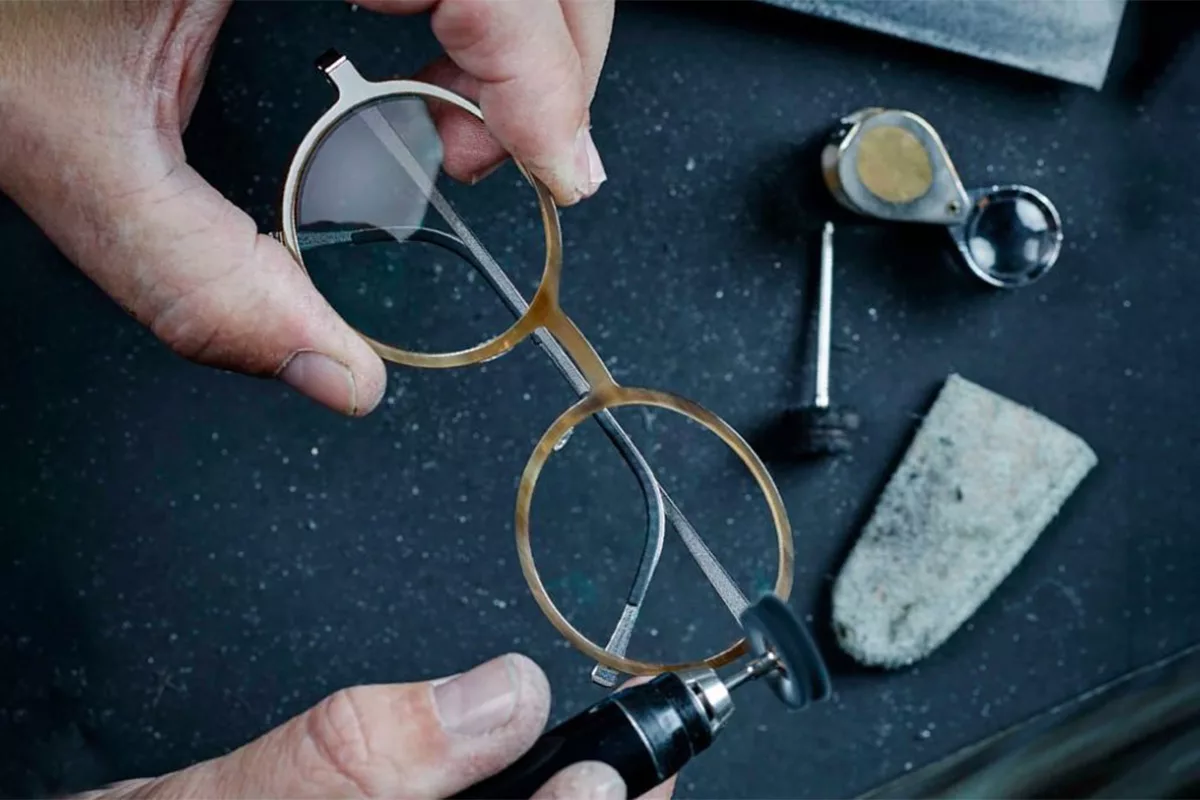
As we begin our journey in the new year,the optical industry has managed to withstand the turbulent times with the ongoing Covid and its consequences with consumer behaviour. The optical sector in terms of profitability has been hit by the contribution margin coming down at retail. The manufacturers are also facing severe pressure as their margins are getting eroded due to the cascading effect and thereby innovation takes a beating as investments are not forthcoming in R&D barring a few houses . The major contributor has been Covid impact but also we cannot ignore the missed opportunities that the trade must recognize and strategise as we move forward.
It is an unquestionable fact that omni channel is here to stay and consumers would look at online options for information gathering and also for procurements. The eyewear market largest segment are the spectacle lenses in terms of value contribution at the retail and as some of the research agencies indicate that the eyewear market in expected to show a volume growth of close to 11% in 2022 and more than 90% of sales in the eyewear market is likely to be from non luxury goods.
Let us get into some of the positives that we have at the macro level. The age demographics is favourable to the opticians as 67% are in the age group of 15-64 years and life expectancy is up due to access in healthcare and nutrition. It is estimated that the working population between the age group of 45 and above till retirement are approx 80 million people. By 2024 India will become the most populous country and greater than 65% of the population below the age of 35 years . In comparison our average age would be 29 years as against China’s 37 and Japan’s 48 years in Asia.

What does it mean to the retail trade? Huge opportunities in Single Vision and Progressive lenses as a significant population are entering into presbyopia in India. The retail needs to segment based on their strengths and focus on it. Having said that, metros and Tier 1 cities are now flooded with opticians coupled with e-commerce options. The ratio of population to optical stores is now comparable to many developed countries . This is a cause of concern as the business then goes through profitability stress . The margins in the optical retail in India are comparatively lower when compared to many countries while the retail rentals are in comparison equal or higher in some cases than many developed nations.
Quality must be the mantra for retail. With so many options available from various suppliers, it is extremely important that the products must stand on the claims – for eg Blue cut. Does it actually block and absorb bad blue light as per the marketing claims . This must be substantiated with lab reports as finally the consumer trusts the opticians and goes with the recommendation . It is imperative that lenses must not be commoditised as it enhances the vision of the consumer and offering the right quality would enhance customer satisfaction and delight . These are the ones that would bring the customers back, and trust would be the single biggest asset of opticians which has to be nurtured further.
The industry has to continue embracing technology, new regulations and compliances must be adhered, recognizing the role of Opticians, Optometrists and Vision Technicians in spectacle dispensing and willing to adapt to new changes and look at what the emerging single vision wearers and progressive wearers are looking as an expert advice from the stakeholders.
India lives in villages and towns and there is a lot of opportunity for many in the community to be the first mover and set a store in the unrepresented areas or with potential trade up opportunities. Having said that, we still have an inadequate number of eye health workers to reach to the remote corners of India and insufficient investments coupled with demand barriers being lack of awareness of the value proposition for a spectacle. This is a long haul but investing in the upcoming markets would be a logical proposition to expand the market.












